Home>Garden Essentials>What Is The Term Used For Submerging Greenery In Water After Cutting To Make It Stay Fresh Longer?
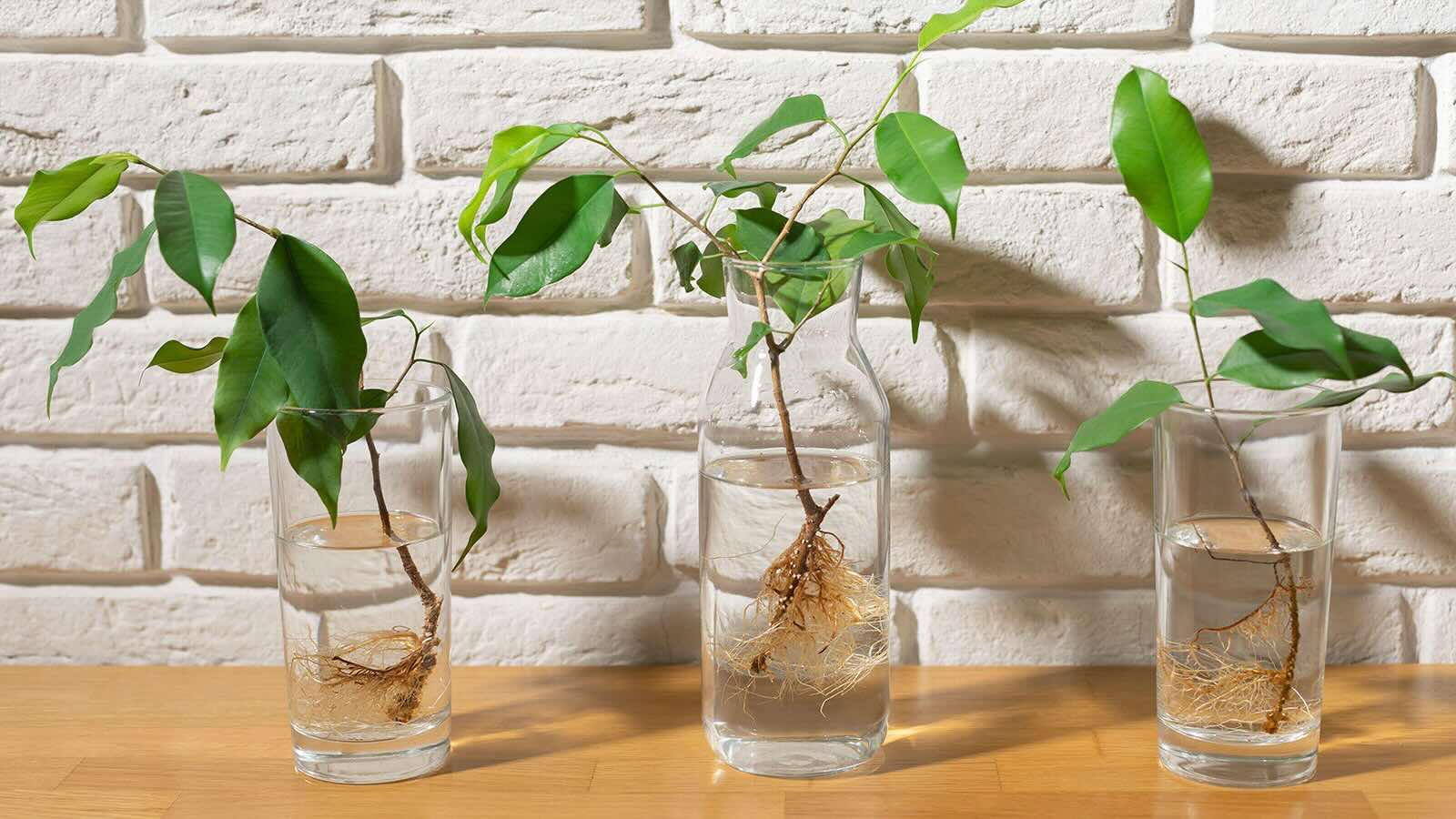

Garden Essentials
What Is The Term Used For Submerging Greenery In Water After Cutting To Make It Stay Fresh Longer?
Modified: March 7, 2024
Learn about a garden technique called submerging greenery in water after cutting to keep it fresh for longer. Discover the term used for this practice and its benefits.
(Many of the links in this article redirect to a specific reviewed product. Your purchase of these products through affiliate links helps to generate commission for Storables.com, at no extra cost. Learn more)
Introduction
Welcome to the fascinating world of gardening! Whether you are an experienced gardener or just starting out, you have probably wondered about the various techniques and methods used to keep greenery fresh and vibrant. One such technique is submerging greenery in water after cutting it.
In this article, we will explore the purpose and benefits of submerging greenery in water, the techniques involved, factors to consider for successful submerging, commonly used greenery for this method, tips for maintaining submerged greenery, and more. So let’s dive in!
Key Takeaways:
- Keep your greenery fresh by submerging it in water after cutting. This technique helps maintain vibrant colors, preserves fragrance, and extends the lifespan of plants, making them visually appealing for longer.
- When submerging greenery, trim the stems, choose the right container, and monitor water level and cleanliness. Regular maintenance, avoiding direct sunlight, and using floral preservatives can help ensure the success of this technique.
Purpose of Submerging Greenery in Water
The process of submerging greenery in water after cutting serves several purposes within the realm of gardening. One of the primary purposes is to extend the freshness and lifespan of the greenery. When cut from the plant, stems and leaves undergo a process called transpiration, where they lose moisture and become dehydrated. By submerging them in water, you can counteract this process and keep the greenery hydrated for a longer period.
Another purpose of submerging greenery in water is to improve their visual appeal. Freshly cut greenery, such as foliage, flowers, or even branches, can lose their vibrant colors and start wilting within a short period. By submerging them in water, you can preserve their natural beauty and ensure that they remain fresh and attractive for longer, whether you are using them for floral arrangements, decorations, or other purposes.
In addition to enhancing the visual appeal, submerging greenery in water also helps maintain their fragrance. Many plants and flowers have a pleasant aroma, but as they dry out, their scent diminishes. By keeping them submerged in water, you can retain their natural fragrance and enjoy the delightful scents for an extended period.
Furthermore, this technique is often used as a preservation method for certain delicate greenery. Some foliage, flowers, or branches have a shorter lifespan or are more prone to wilting. By submerging them in water, you can prolong their freshness and prevent them from drying out and losing their aesthetic appeal.
Overall, the purpose of submerging greenery in water is to maintain their freshness, enhance their visual appeal, preserve their fragrance, and extend their lifespan. Whether you are working with flowers, foliage, or branches, submerging them in water can prove to be an effective technique to ensure they stay vibrant and beautiful for as long as possible.
Benefits of Submerging Greenery in Water
Submerging greenery in water offers several benefits that make it a popular technique in the world of gardening. Let’s explore some of these benefits:
- Prolongs freshness: By submerging greenery in water, you can prevent wilting and extend the freshness and lifespan of the plants. This is particularly useful for delicate flowers or foliage that tend to dry out quickly.
- Preserves vibrant colors: Greenery that has been cut and removed from a plant often starts to lose its vibrant colors as it dries out. Submerging it in water helps retain the natural hues, making it visually appealing for longer.
- Retains fragrance: Many flowers and foliage are prized for their lovely scents. However, these scents can fade as the plants dry out. By submerging the greenery in water, you can preserve their fragrance and enjoy the delightful aromas for a longer duration.
- Enhances hydration: Submerging greenery in water ensures that the stems and leaves stay hydrated. This prevents them from becoming dehydrated and helps maintain their integrity and overall health.
- Provides flexibility for arranging: When greenery is submerged in water, it becomes more pliable and easier to work with when creating floral arrangements or other decorative displays. This flexibility allows for more creative freedom and easier manipulation of the greenery.
- Easy maintenance: Once the greenery is submerged in water, it requires minimal maintenance. You only need to ensure that the water level is sufficient and change it when necessary to prevent the growth of bacteria or fungi.
The benefits of submerging greenery in water make it an excellent technique for maintaining the freshness, vibrant colors, and fragrance of various plants. Whether you are using it for floral arrangements, decorations, or simply to enjoy the beauty of nature indoors, submerging greenery in water can help you achieve longer-lasting and visually appealing results.
Techniques of Submerging Greenery in Water
Submerging greenery in water is a simple yet effective technique in gardening. Here are some techniques to consider:
- Trim the stems: Before submerging greenery in water, make sure to trim the stems at an angle with a sharp pair of pruning shears. This allows for better water absorption and prevents the stems from sitting flat on the bottom of the container.
- Select the right container: Choose a container or vase that is appropriate for the size and length of the greenery you are submerging. Ensure that the container is clean and has enough depth to accommodate the stems while keeping the leaves above the water line.
- Fill the container with water: Fill the container with clean, room temperature water. It should be enough to cover the stems by a few inches, but not too much that the leaves are submerged.
- Remove excess foliage: Remove any excess foliage or leaves from the stems that would be submerged in water. This helps prevent the growth of bacteria and keeps the water clean.
- Monitor water level: Check the water level daily and replenish it as needed to ensure that the stems remain submerged. If the water becomes cloudy or develops an unpleasant odor, replace it with fresh water.
- Change water regularly: To prevent the growth of bacteria and keep the greenery fresh, change the water every two to three days. Before refilling the container, rinse it thoroughly and trim the stems again.
- Avoid direct sunlight and drafts: Place the submerged greenery in a location away from direct sunlight and drafts, as these can accelerate dehydration and wilting.
- Use floral preservatives: To further enhance the freshness and longevity of the greenery, you can add floral preservatives to the water. These commercial products contain nutrients and antimicrobial agents that help nourish the plants and prevent bacterial growth.
By employing these techniques, you can ensure the successful submerging of greenery in water and enjoy its extended lifespan and visual appeal. Remember to monitor the water level, cleanliness of the container, and the overall freshness of the greenery to maintain optimal results.
To keep greenery fresh longer after cutting, submerge the stems in water. This helps prevent air bubbles from forming in the stems, which can block water uptake.
Factors to Consider for Successful Submerging of Greenery
While submerging greenery in water is a relatively simple technique, there are some key factors to consider to ensure its success. Taking these factors into account can help maintain the freshness and visual appeal of the greenery. Here are some factors to consider:
- Greenery type: Different types of greenery have varying water requirements. Some may thrive when fully submerged, while others prefer only partial water contact. Understanding the specific needs of the greenery you are working with is crucial for successful submerging.
- Water quality: Ensure that the water you use is clean and free of contaminants. If possible, use filtered or distilled water to provide the highest quality hydration for the greenery. Chlorinated or heavily treated water may have adverse effects on the freshness and longevity of the plants.
- Vase or container size: Choose a container or vase that is appropriate in size for the amount and length of greenery you are submerging. The container should be deep enough to fully submerge the stems while keeping the leaves above the water line.
- Water temperature: Room temperature water is generally ideal for submerging greenery. Avoid using water that is too cold or too hot, as extreme temperatures can shock the greenery and negatively impact its lifespan.
- Duration of submerging: The duration for which greenery can remain submerged in water varies. Some greenery can last for several days, while others may deteriorate more quickly. Monitor the condition of the plants regularly and remove any greenery that shows signs of wilting or decay.
- Light and environment: The location where you place the submerged greenery should be away from direct sunlight and drafts. Excessive heat, cold, or air circulation can cause the greenery to dry out and lose its freshness more quickly.
- Floral preservatives: Consider using floral preservatives in the water to provide essential nutrients and inhibit bacterial growth. Floral preservatives can help extend the lifespan of the greenery and maintain its vibrant appearance.
- Maintenance: Regular maintenance is essential to ensure the success of submerging greenery. Check the water level daily, replenish and change the water as needed, and trim the stems periodically to promote water absorption.
Considering these factors will help you create an optimal environment for the successful submerging of greenery in water. By providing the right conditions and care, you can enjoy fresh and visually appealing greenery for longer durations.
Read more: How To Preserve Greenery After Cutting
Commonly Used Greenery for Submerging in Water
When it comes to submerging greenery in water, there is a wide variety of foliage, flowers, and branches that are commonly used due to their ability to retain freshness and visual appeal. Here are some popular choices:
- Eucalyptus: Eucalyptus branches with their aromatic leaves are a popular choice for submerging in water. They add a touch of natural beauty, a pleasant fragrance, and can last for an extended period.
- Rosemary: Rosemary stems with their delicate leaves bring a fresh scent and a touch of green to any arrangement when submerged in water. They are known for their long-lasting properties and can be used in various decorative displays.
- Hydrangeas: Hydrangea blooms with their large, billowy flowers are often submerged in water to retain their shape and color. They are known for their ability to absorb water efficiently, making them ideal for submerging and maintaining their vibrancy.
- Carnations: Carnations, with their sturdy stems and long-lasting blooms, are often submerged in water for floral arrangements. They come in a wide range of colors and can add an elegant touch to any display.
- Orchids: Orchids are exotic and delicate flowers known for their natural beauty and longevity. Submerging orchid stems in water can help them retain their freshness and elegance for an extended period.
- Monstera leaves: Monstera leaves with their distinctive split patterns are popular choices for submerging in water. They add a tropical and dramatic touch to any arrangement and can stay fresh and vibrant for quite some time.
- Salal: Salal leaves are widely used in floral arrangements and can also be submerged in water to keep them fresh and visually appealing for an extended period. They have a deep green color and a leathery texture, which adds texture and depth to any display.
- Ivy: Ivy branches with their cascading foliage are commonly submerged in water. They add a touch of elegance and can be used to create stunning hanging arrangements or centerpiece designs.
These are just a few examples of the commonly used greenery for submerging in water. The choice ultimately depends on your personal preference, the desired effect, and the availability of greenery in your area. Remember to select fresh and healthy stems or blooms for the best results.
Tips for Maintaining Submerged Greenery
Proper maintenance is essential to ensure the longevity and freshness of submerged greenery. Here are some helpful tips to help you maintain submerged greenery effectively:
- Regularly check the water level: Keep an eye on the water level in the container to ensure that the stems remain adequately submerged. Add more water as needed to prevent them from drying out.
- Change the water regularly: To avoid the growth of bacteria and keep the greenery fresh, change the water every two to three days. Empty the container, rinse it thoroughly, and refill it with fresh, clean water.
- Trim the stems: Trim the submerged stems every few days to allow for better water absorption. Make a fresh, angled cut with sharp pruning shears, which will help the greenery stay hydrated and last longer.
- Remove any decaying foliage: Inspect the submerged greenery regularly and remove any leaves or flowers that show signs of wilting or decay. This prevents the decay from spreading to other parts of the arrangement.
- Keep the container clean: Clean the container thoroughly before refilling it with fresh water. Rinse it with warm water and mild dish soap to remove any residues or bacteria that may have accumulated.
- Avoid direct sunlight and drafts: Place the container of submerged greenery in a location away from direct sunlight and drafts. Exposure to heat or cold can accelerate dehydration and reduce the lifespan of the greenery.
- Monitor for pests: Regularly check the submerged greenery for any signs of pests, such as insects or aphids. If detected, carefully remove the affected parts and consider using natural pest control methods.
- Consider adding floral preservatives: Floral preservatives can help extend the lifespan of submerged greenery. Follow the instructions on the package to add the appropriate amount of preservatives to the water, which provides nutrients and inhibits bacterial growth.
- Observe and enjoy: Take the time to appreciate the beauty of the submerged greenery. Monitor its condition and remove any fading or decaying parts. Regular observation will allow you to make adjustments, ensuring the longevity and visual appeal of the arrangement.
By following these tips, you can effectively maintain submerged greenery and enjoy its freshness and beauty for an extended period. Remember to provide proper care, regular observation, and timely maintenance to ensure optimal results.
Conclusion
Submerging greenery in water after cutting is a simple yet effective technique that can help extend the freshness, enhance the visual appeal, and prolong the lifespan of various foliage, flowers, and branches. By submerging them in water, you can counteract the drying process, maintain vibrant colors, retain fragrances, and enjoy the beauty of nature indoors for a longer duration.
Throughout this article, we have explored the purpose and benefits of submerging greenery in water, techniques to ensure successful submerging, factors to consider for optimal results, commonly used greenery for this method, and tips for maintaining submerged greenery. By understanding these key aspects and implementing the recommended practices, you can create stunning floral arrangements, decorations, and displays that stay fresh and visually appealing for days.
Remember to trim the stems, select suitable containers, monitor the water level, change the water regularly, and keep the greenery away from direct sunlight and drafts. Taking care of these factors will contribute to the success and longevity of submerged greenery. Additionally, using floral preservatives and regularly inspecting the arrangement for any signs of decay or pests will help maintain its freshness and beauty.
Whether you are an experienced gardener or just starting out, submerging greenery in water is a technique worth exploring. It allows you to bring the beauty of nature indoors, create captivating displays, and enjoy the freshness and vibrancy of greenery for an extended period.
So, the next time you find yourself with freshly cut foliage, flowers, or branches, don’t hesitate to submerge them in water and witness the transformative power of this simple technique. Embrace the beauty of submerged greenery and let it add a touch of natural elegance and freshness to your home or event.
Frequently Asked Questions about What Is The Term Used For Submerging Greenery In Water After Cutting To Make It Stay Fresh Longer?
Was this page helpful?
At Storables.com, we guarantee accurate and reliable information. Our content, validated by Expert Board Contributors, is crafted following stringent Editorial Policies. We're committed to providing you with well-researched, expert-backed insights for all your informational needs.
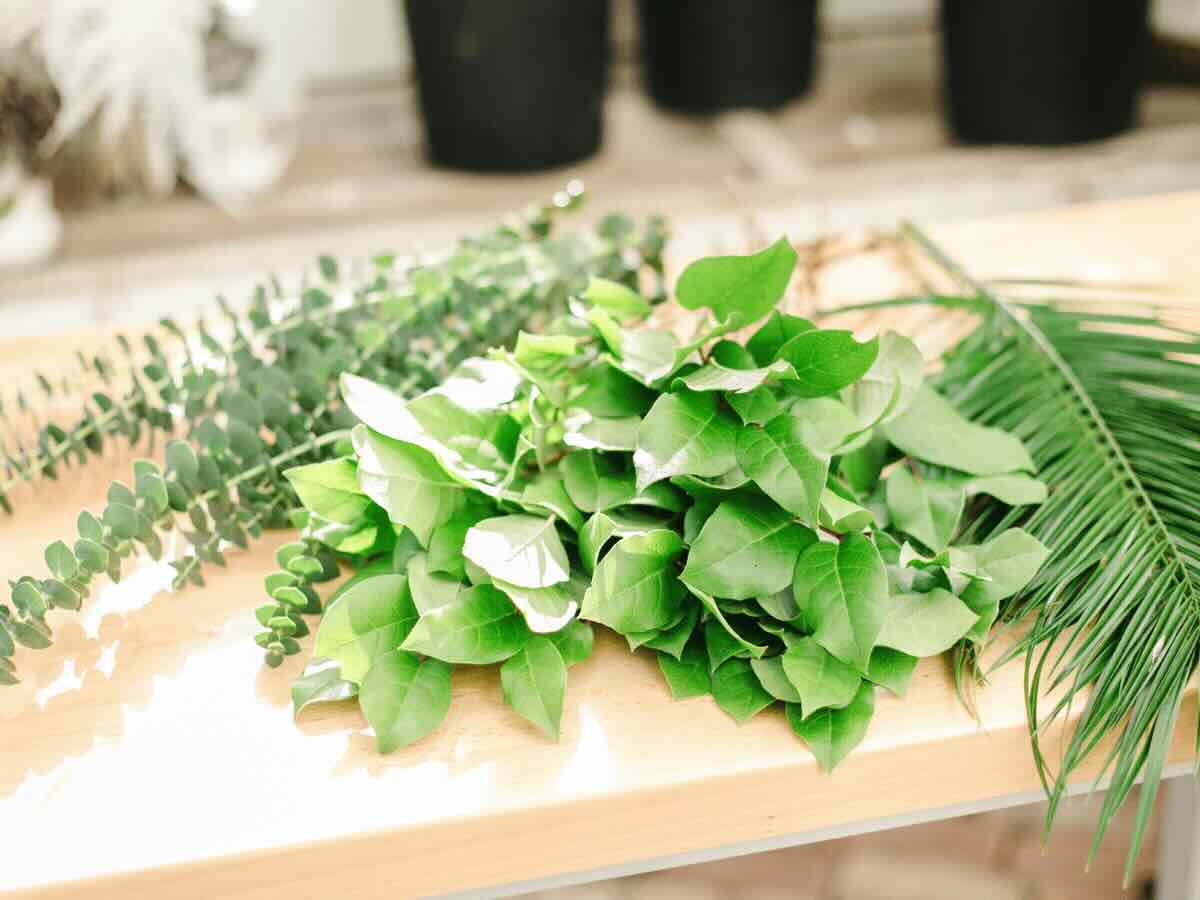
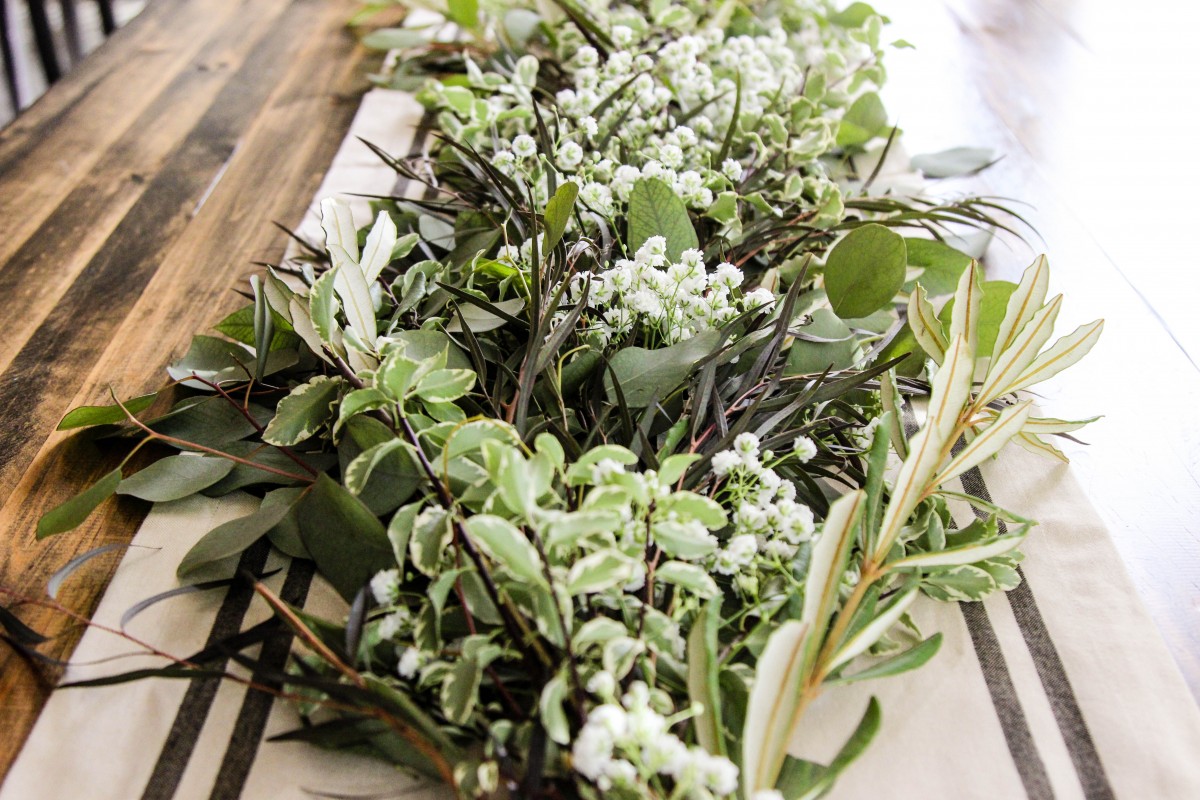


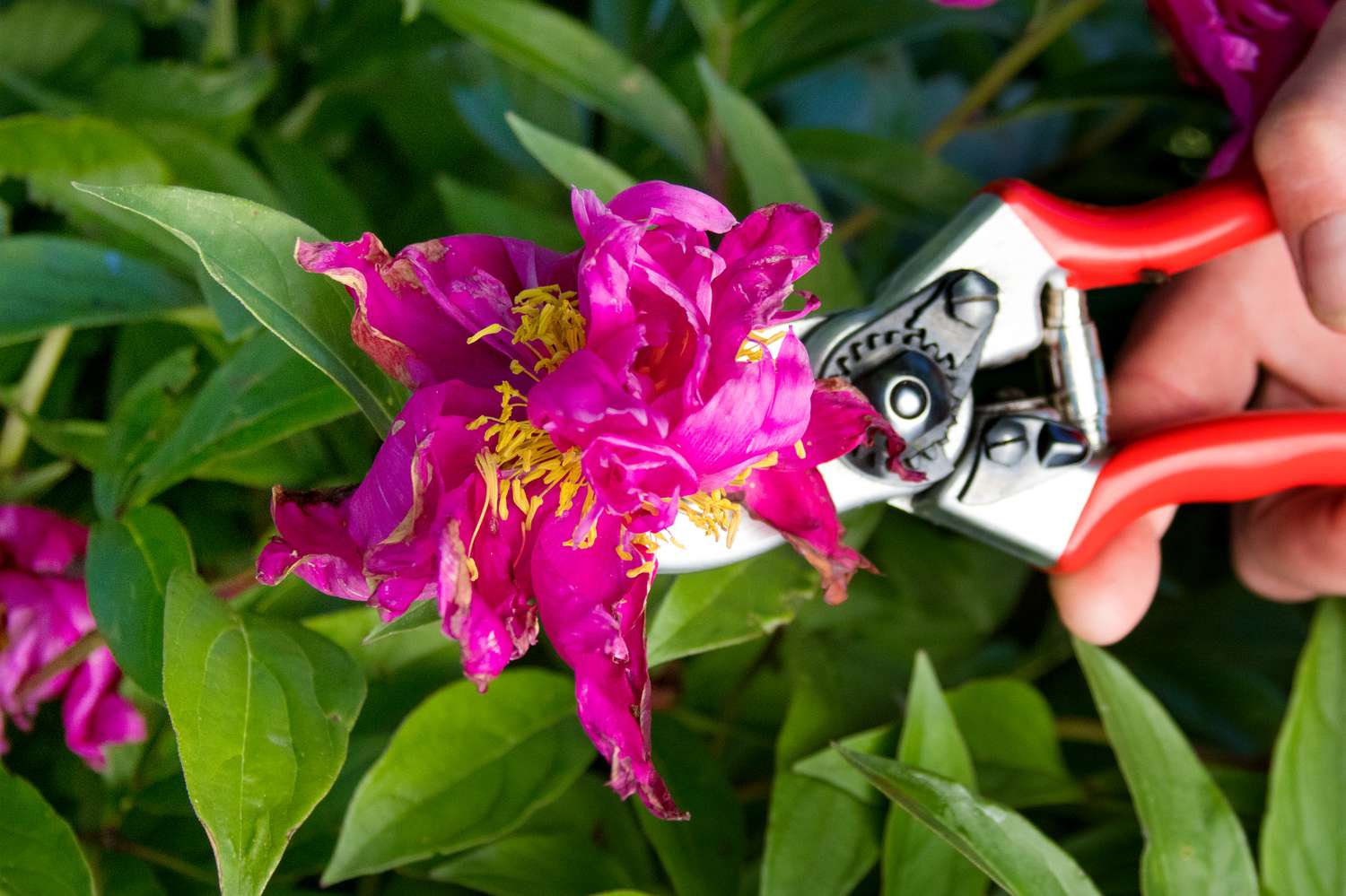
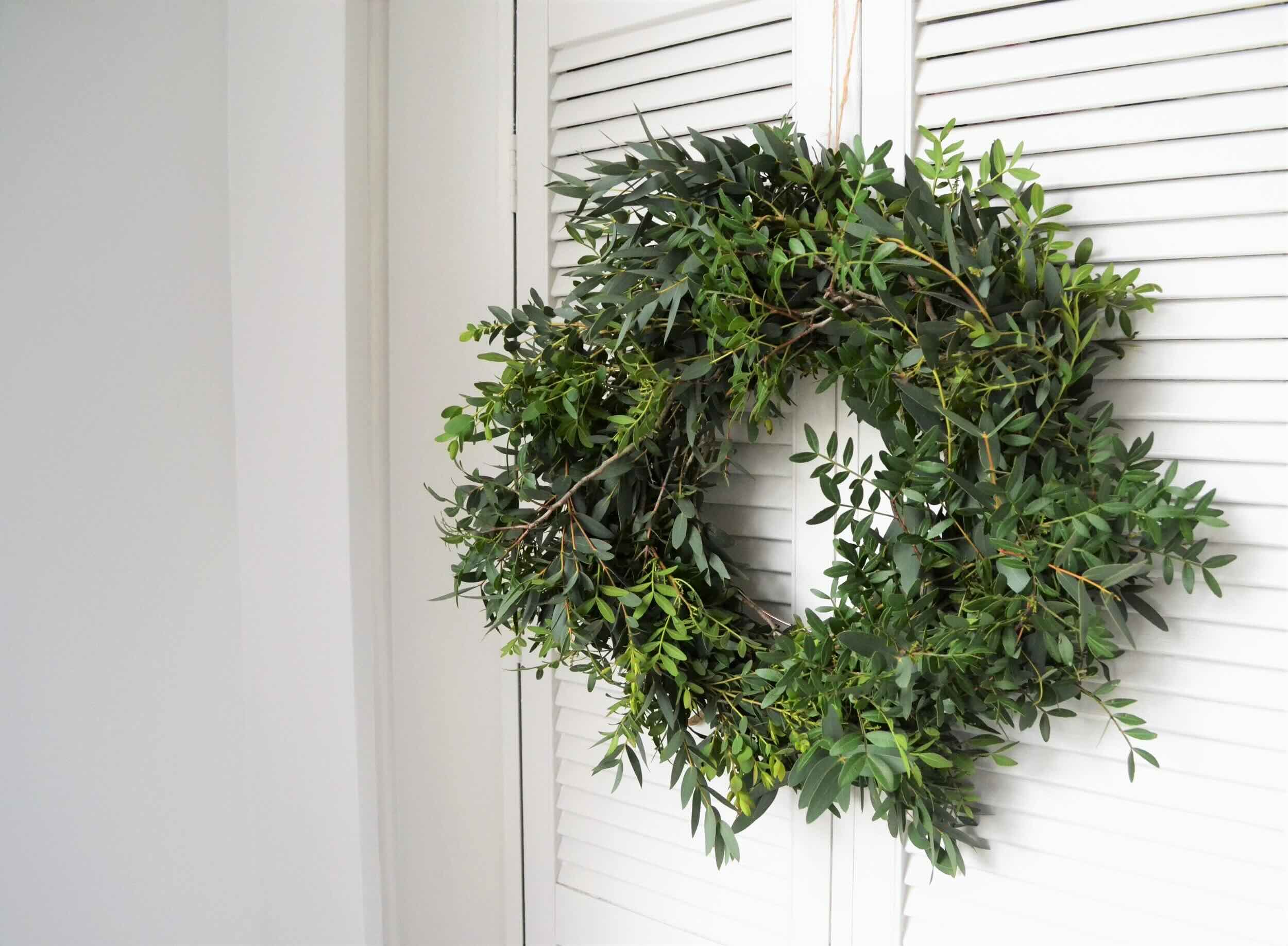

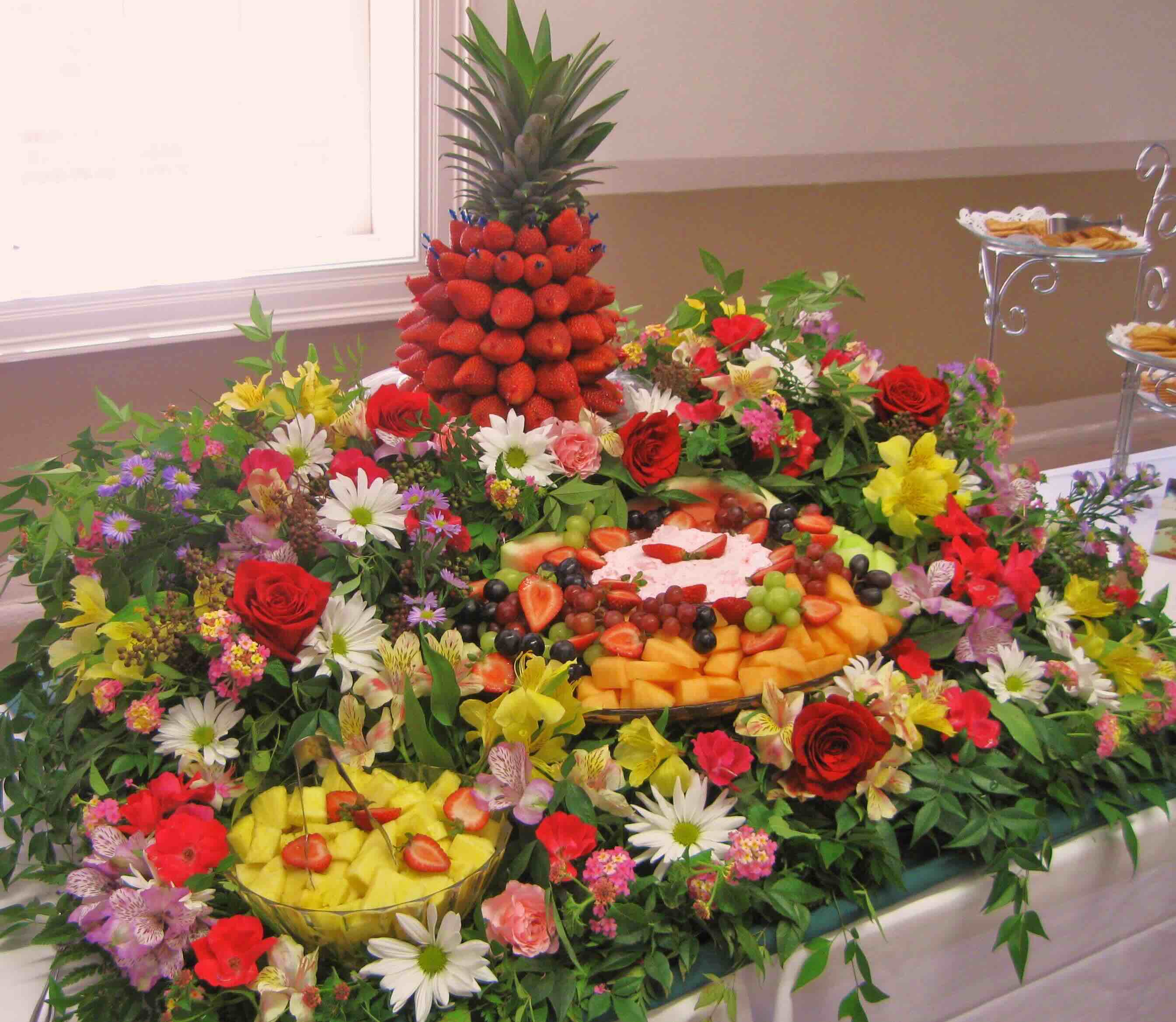
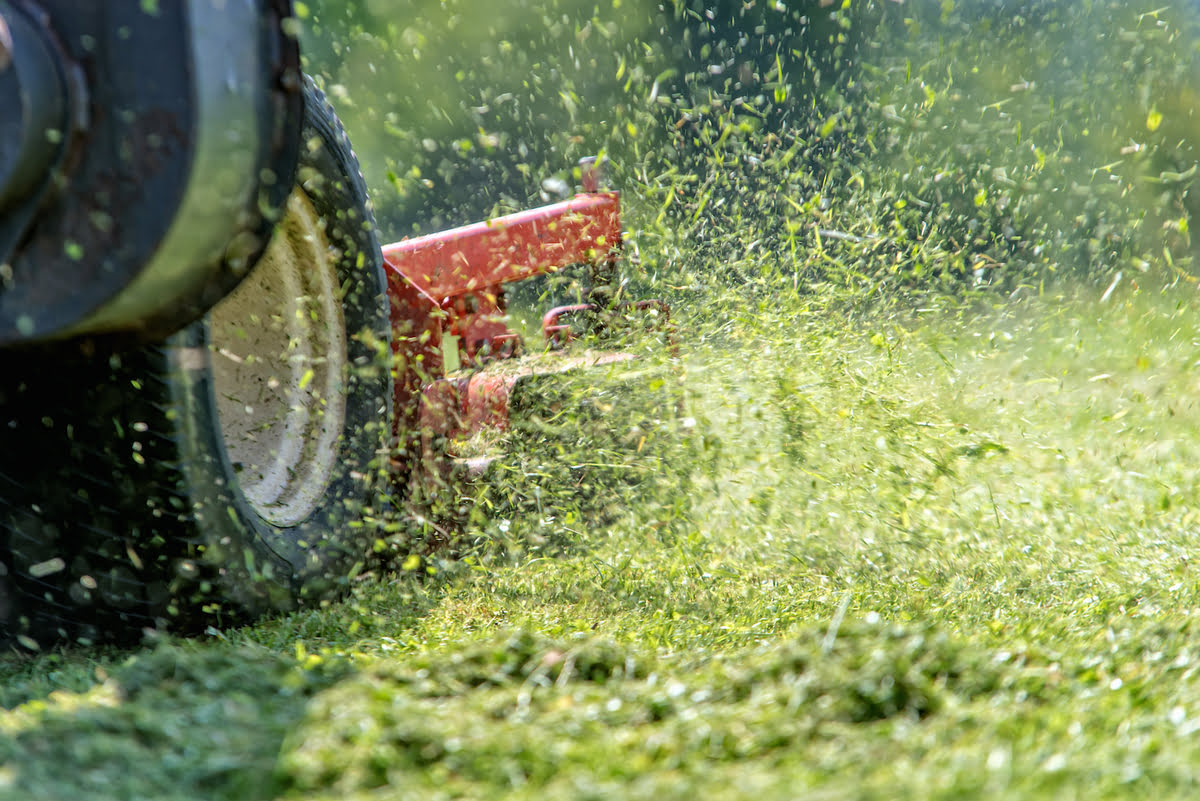


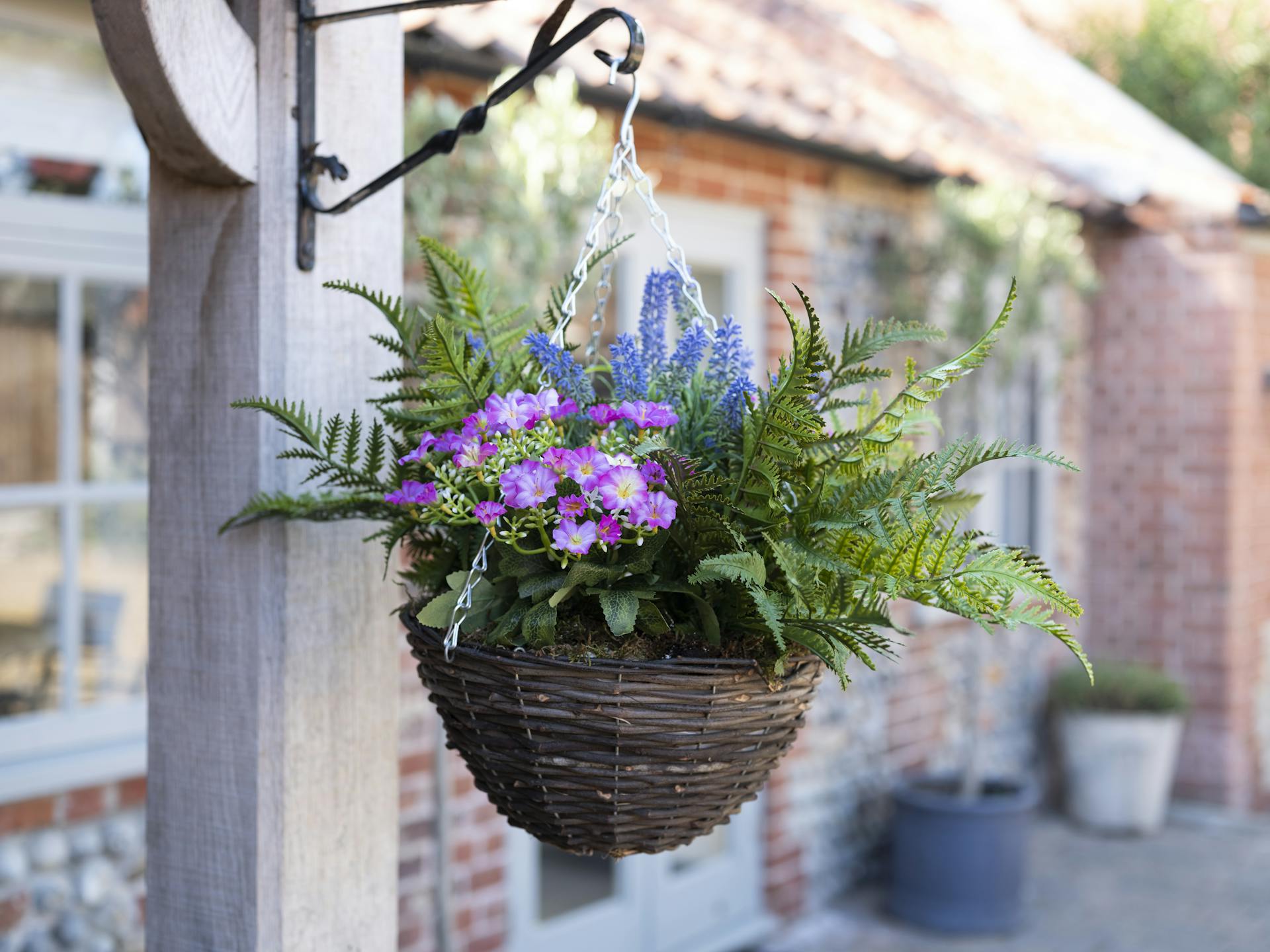
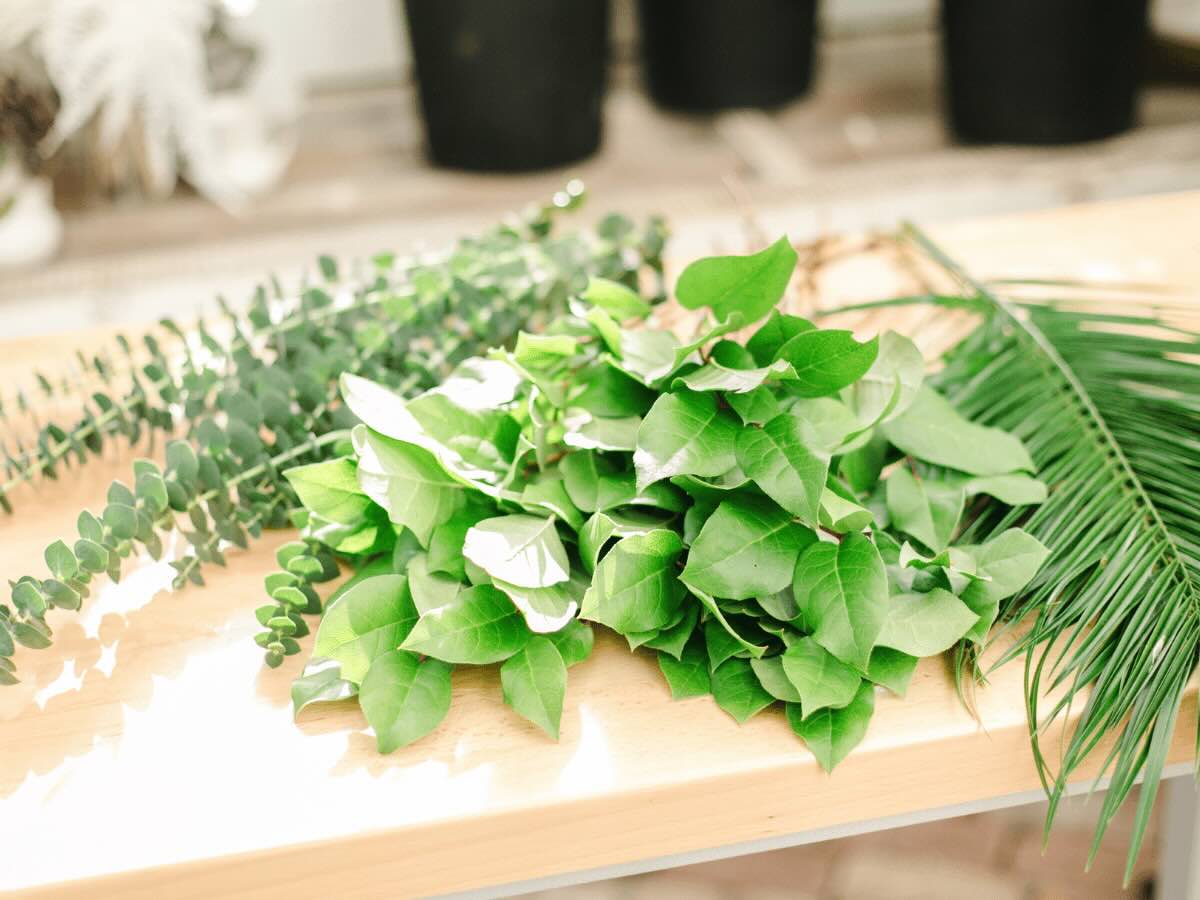
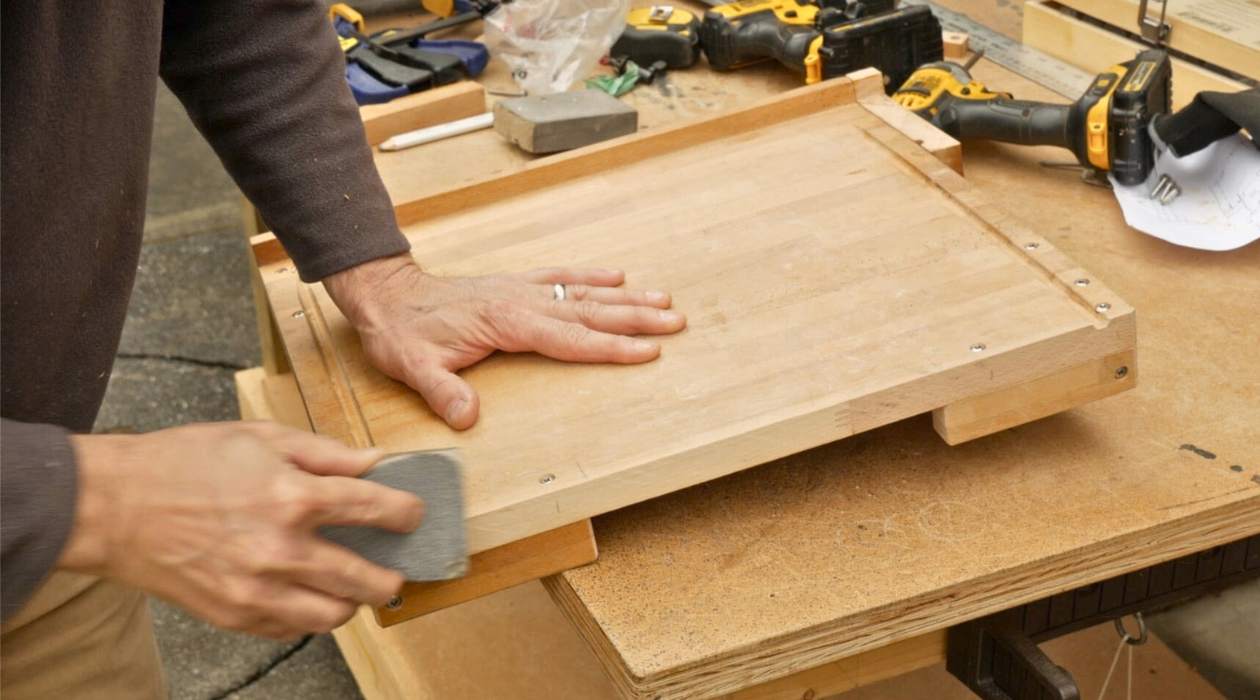

0 thoughts on “What Is The Term Used For Submerging Greenery In Water After Cutting To Make It Stay Fresh Longer?”